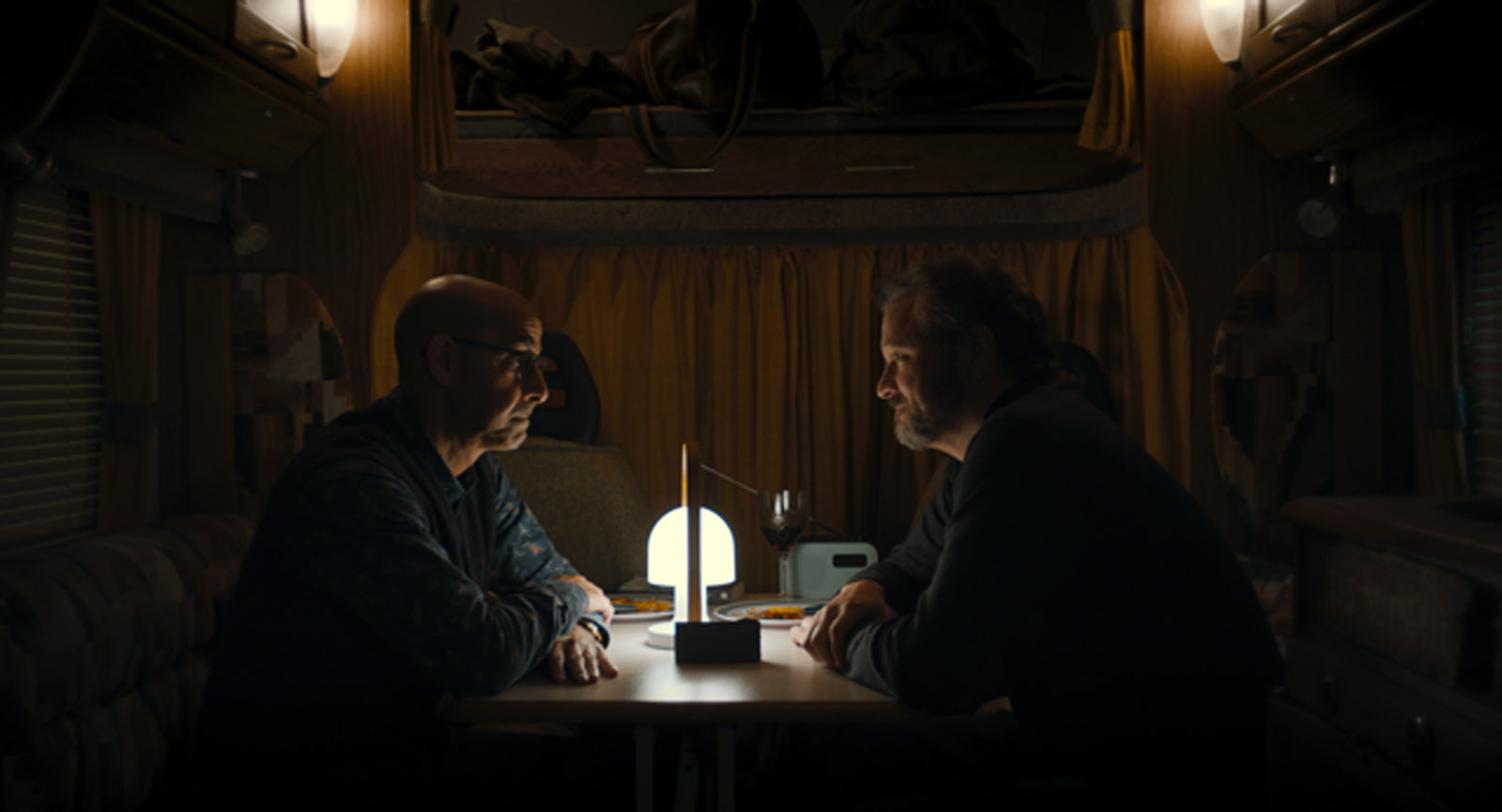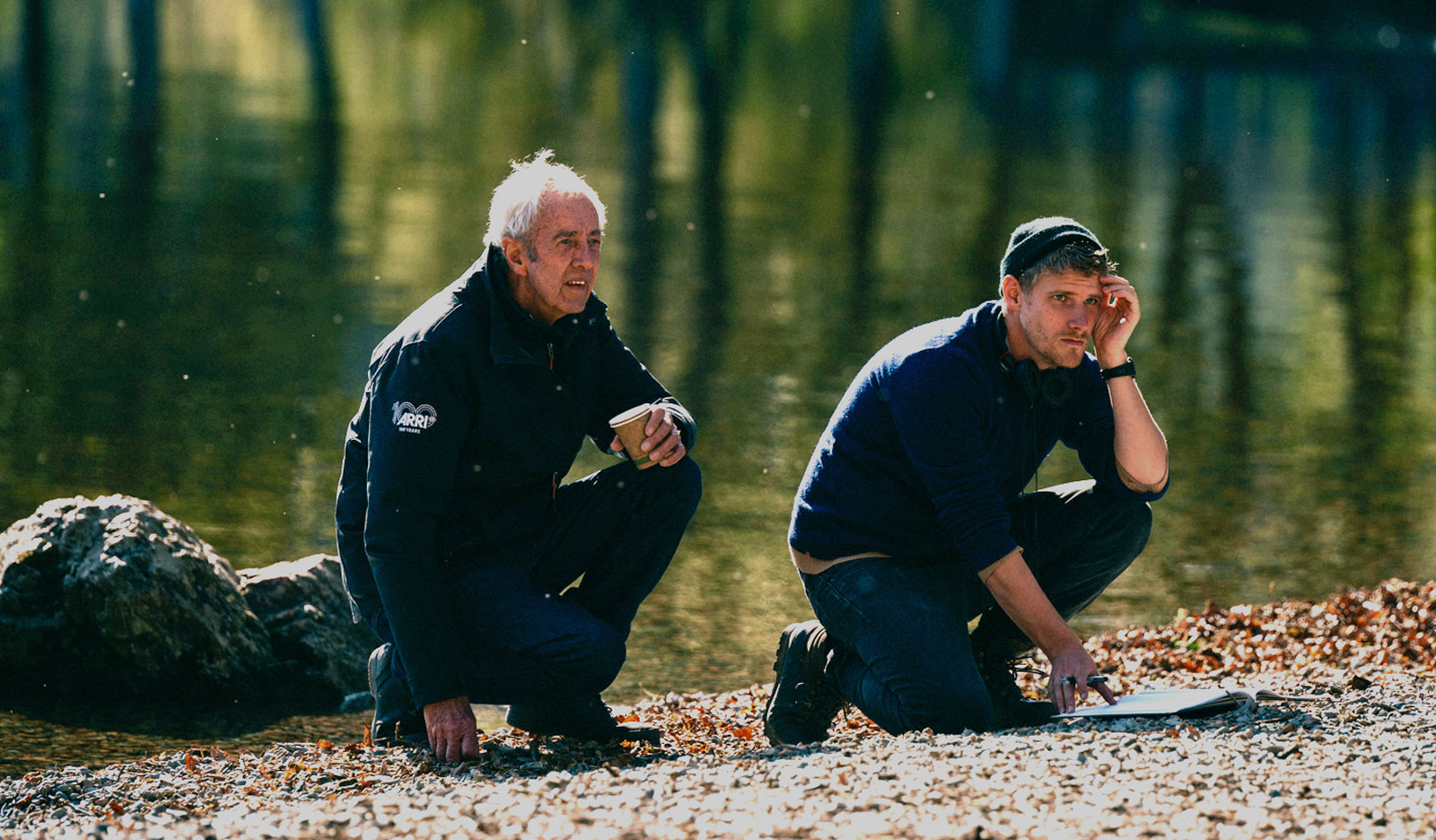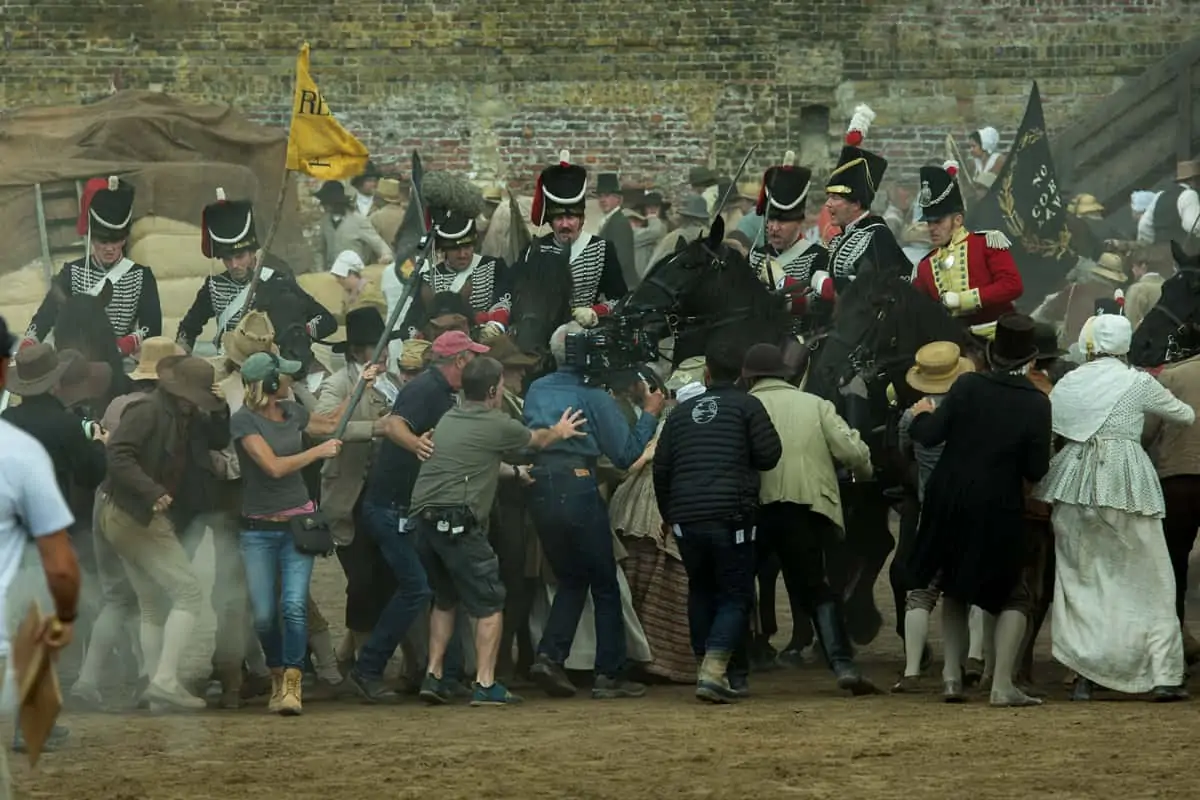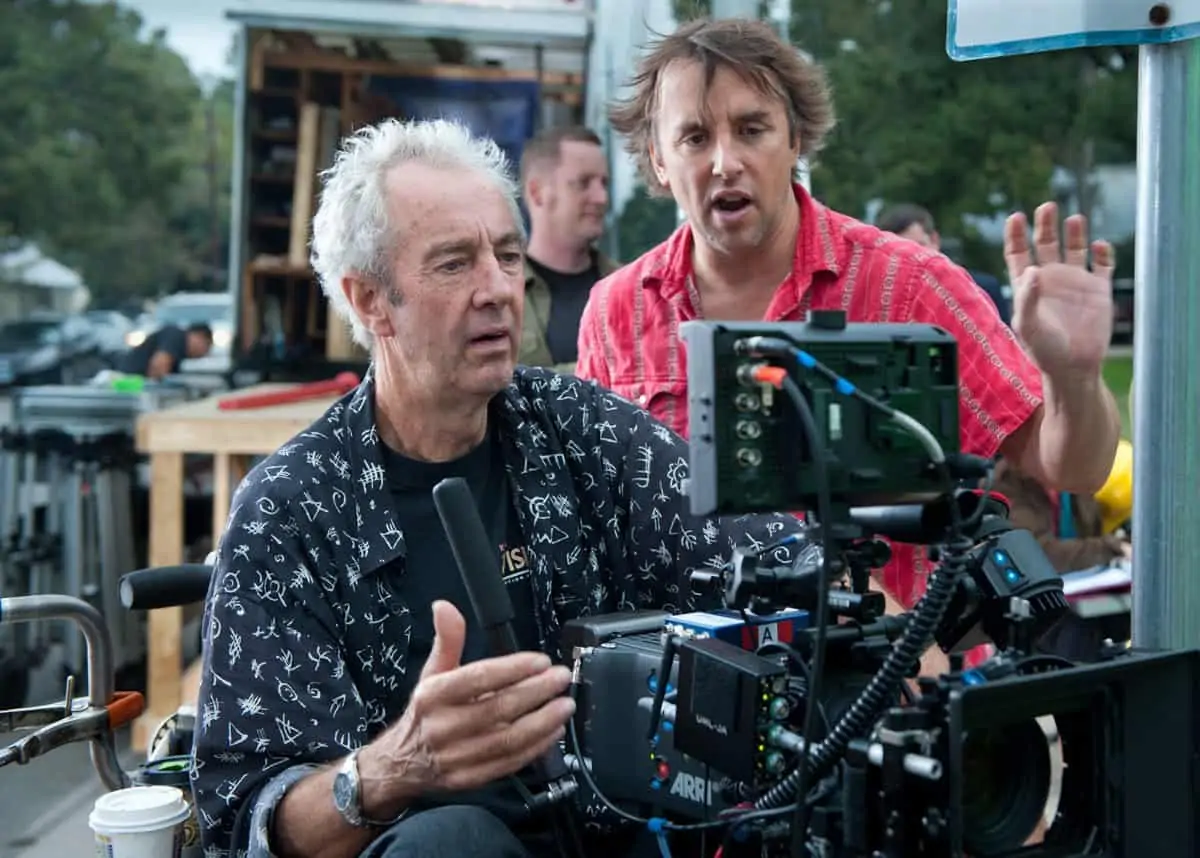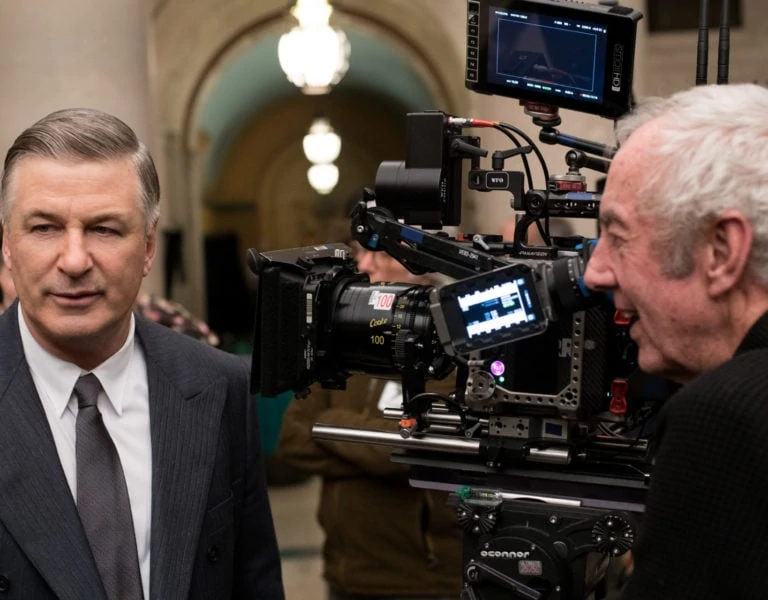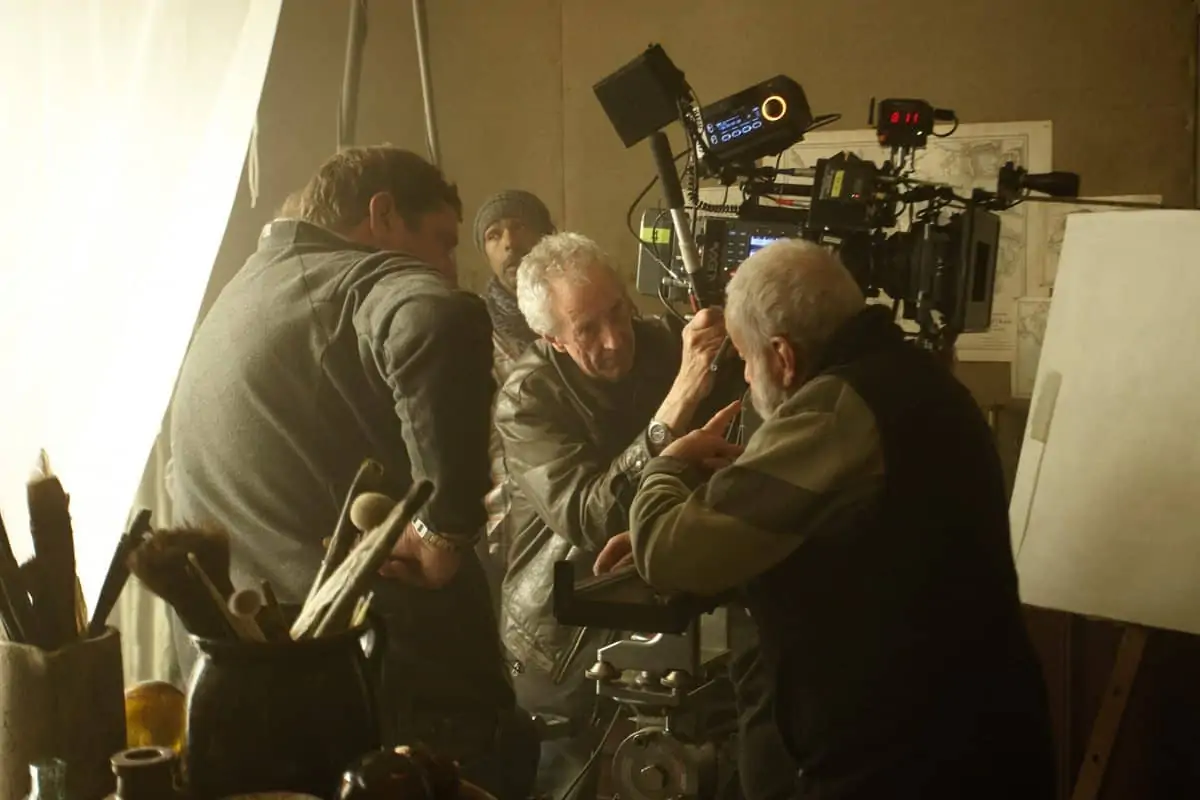LOVE AND LOSS
Dick Pope BSC / Supernova
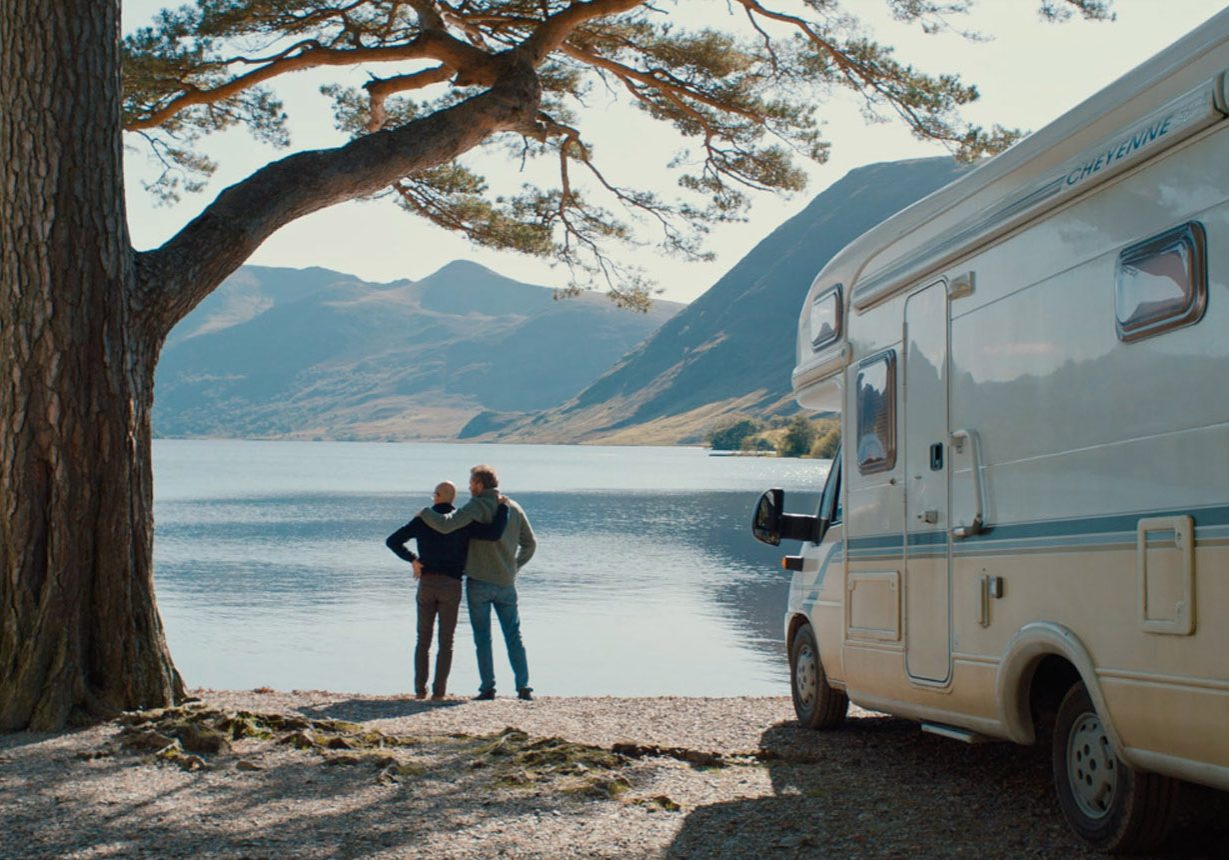
LOVE AND LOSS
Dick Pope BSC / Supernova
BY: ZOE MUTTER
Writer/director Harry Macqueen's second feature Supernova explores love, loss and the heartbreak of coping with a terminal illness that is cruelly causing cherished memories to fade.
Supernova tells the powerful love story of partners of 20 years Sam (Colin Firth) and Tusker (Stanley Tucci), following them as they embark on a road trip across England in their camper van. Whilst retracing their past, the pair relive memories which have become even more precious following the diagnosis of Tusker's early onset dementia.
"Straight off the page, Supernova showed a generosity of spirit in the writing. Utterly compelling," says cinematographer Dick Pope BSC, recalling his initial reaction to writer/director Harry Macqueen's script.
"On any project, I want to share the journey and explore all aspects of how we're going to visualise and
shoot, in the true spirit of collaboration. I'm looking to be fired up by that spark which Supernova had in droves. The premise of a road trip and going on this emotional journey, the profound depth of their loving, caring long-standing relationship, along with such great dialogue lit up the pages from the very first scene."
BBC Films production Supernova is Macqueen's second feature, following 2014's Hinterland, which also centres around a journey of love and heartbreak. Creating a sense of intimacy and close chemistry between the two main characters was once again of great importance. "The only home we see of Sam and Tusker's is the interior of the van in which they have spent so much time together. Harry wanted the audience to enjoy spending time with them in there, increasing the emotional journey when things begin to derail," says Pope.
This intimacy was also achieved in the cinematic creations Pope has crafted with director Mike Leigh for many years. "Many of his films cut through everything else to reach for the essence of a relationship. So, shooting Sam and Tusker inside the close proximity of their camper was the challenge I relished most, alongside filming the grand sweep of the Lake District's wide landscapes."
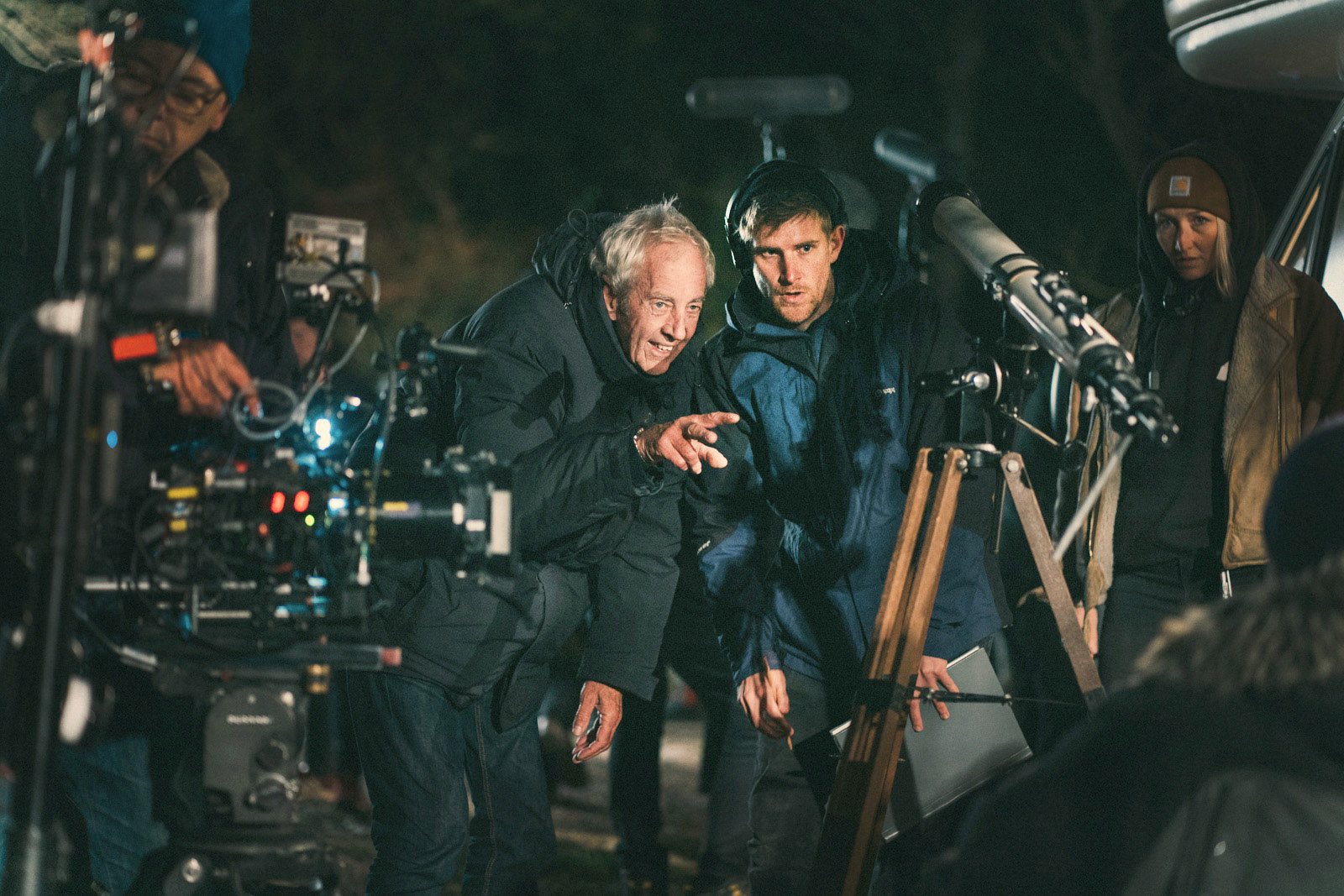
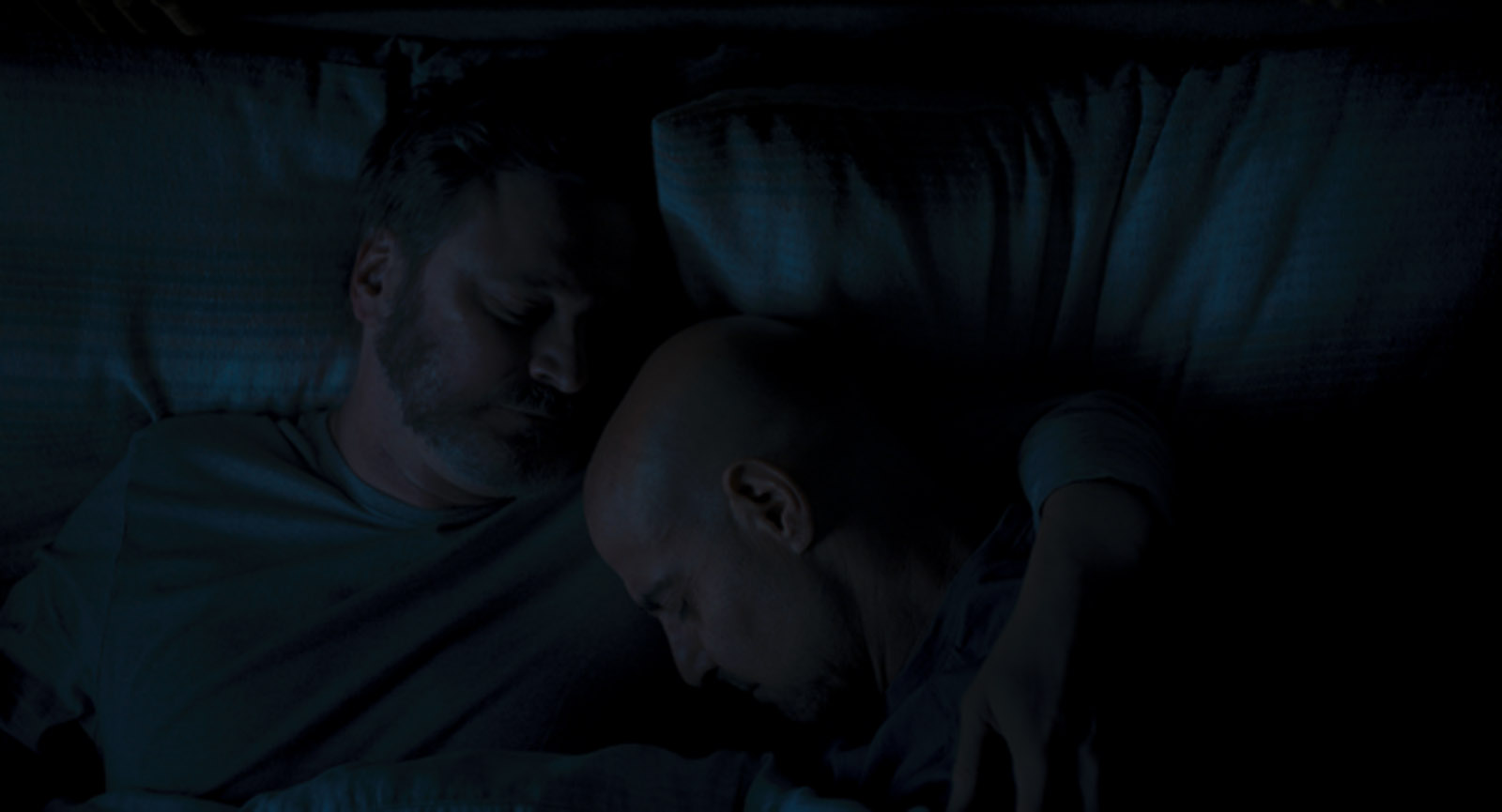
Believing in camera work and editing that possess stillness, restraint and poise, Macqueen feels the camera
should only move when necessary. Like Pope, the director favours composing an image and letting the
action play out within it, focusing the audience on the performances by setting the correct frame.
"This blends with the style of editing he likes to work within: extended takes, a focus on letting a scene breathe and not cutting overly, but trusting the shot and the acting," says Pope.
Gathering creative inspiration for Supernova from references such as Paul Hart's landscape photography
project Drained and Gregory Crewdson's photography Beneath The Roses led into four weeks of prep, which saw Macqueen, Pope, production designer Sarah Finlay and gaffer Tom Gates begin by examining the camper van within which much of the narrative would unfold.
They explored the possibilities for shooting the interior scenes and chose the colour palette, décor, fabric, window coverings and built-in practical lighting. Finlay also added a personal touch and warmth to the van's naturally cold and sterile interior.
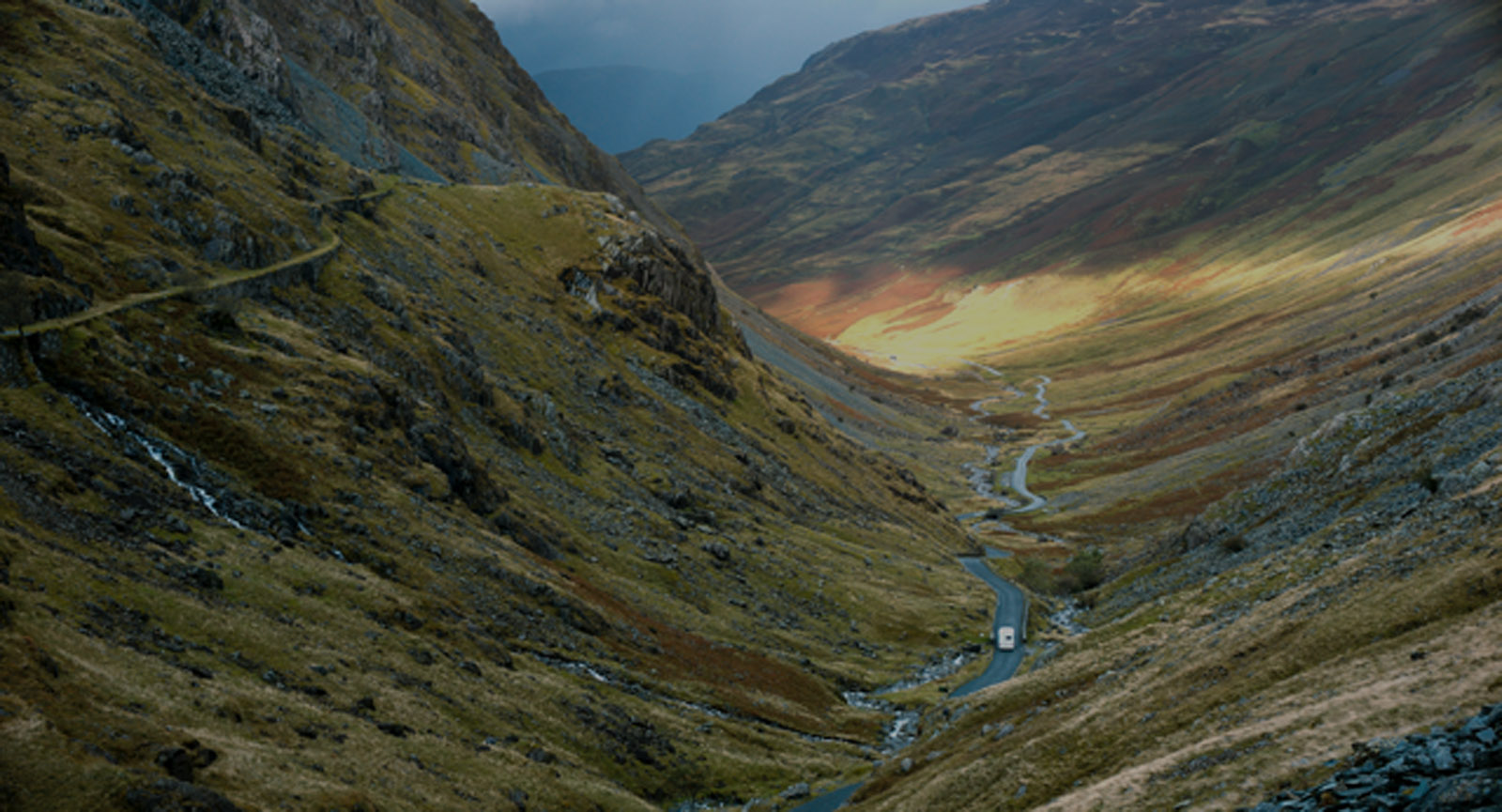
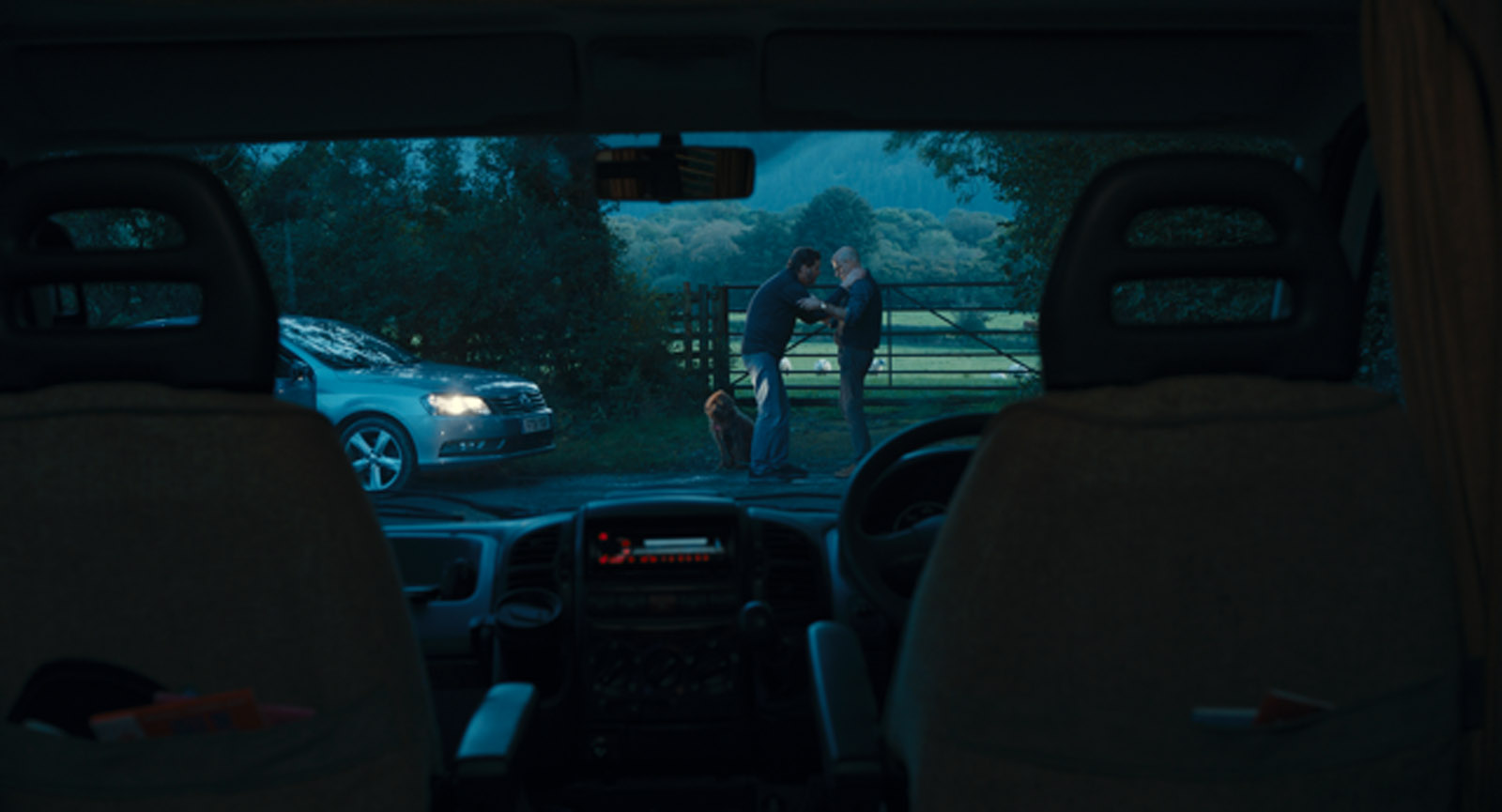
To overcome certain practical challenges shooting inside a van presented, a built-in strategically placed mirror was used to observe both characters in the same frame. The Artemis viewfinder on Pope's iPad made it possible to examine what was achievable with minor disruption and to then discuss alternatives for
impossible angles.
Later on that warm sunny day in late August when Pope and Macqueen headed to the Lake District, where the entire production was filmed, was a stark contrast to the following day's torrential rain which continued throughout the four-week prep and into the six-week shoot. For essential weather cover from the rain, the disused factory where the production and all other departments were based was transformed into a stage in which the camper van could be placed inside.
Lighting was stylised but natural to achieve a heightened sense of realism. "I try to visually enhance the way I imagine the world we're creating should look; either shaping to control natural light or adjusting my lighting fixtures to achieve the perfect and most appropriate light on the actors, architecture and landscape," Pope says.
The low-voltage car battery powered practical lighting in the van was modified by adding tiny fixtures and in-line dimmers to create different moods. Production designer Finlay added Venetian blinds to control how much could be seen outside and Pope created a backdrop of light and foliage outside the windows. For day scenes, the slats of the blinds were partially closed with bright and diffused daylight brought in through the windows. For night work, very low ambient light was brought in through the slats.
The locations where the camper had been parked for exterior shots were used as a lighting reference, showing what the view outside the windows should look like.
Pope filmed with an open gate, full sensor ARRI Alexa Mini, framing at 1.85:1. The camera's light weight and small profile was perfect for both hauling up hills as well as shooting inside the van's tight confines. Pope says that "1st AC Graham Martyr faced tough challenges in finding somewhere to work from in this limited space,
but miraculously always kept things sharp."
The camper's many windows also offered Pope a variety of angles. By popping out the roof lights he could film straight down on Sam and Tusker as they lay in bed. "It was all achieved by keeping it real and without removing many fittings or cutting the camper in two," he says.
Prior to lens selection, Pope arranged for Macqueen to watch a screening of Motherless Brooklyn, Edward Norton's crime film Pope photographed using Cooke Panchro/I Classic Primes. Macqueen was impressed by the results of the lenses, describing them as having "a rounded and natural feel which reels the viewer in."
Subsequent testing featuring the principal actors, confirmed Pope's initial feeling about the lenses' suitability, choosing them once again. Pope, who filmed Mike Leigh's Mr Turner using the original Cooke Speed Panchros, finds the updated Panchro/I Classics retain the vintage lenses' characteristics.
"They haven't lost the feel of the originals, with their tiny front elements, compact profile and light weight. Over the three films I've shot with both the original and updated versions, I have become attached to the Panchros' look, partly because they're not clean, modern looking or super sharp, but really rather painterly and cinematic. Like the originals, they feature subtly flawed glass aberrations, and when used wide open, can offer focus fall-off at the edges of frame - all the attributes Harry and I wanted for Supernova," says Pope.
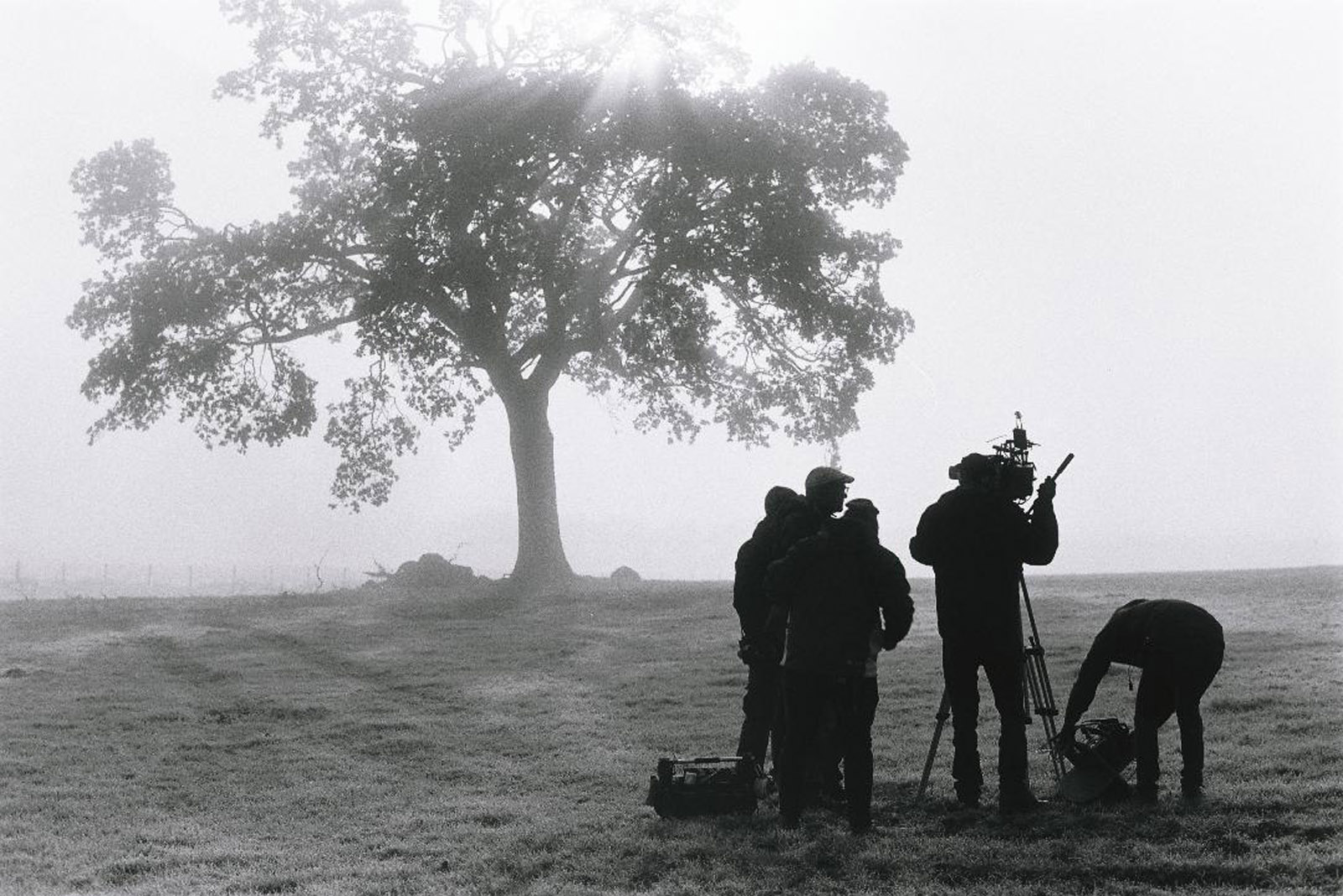
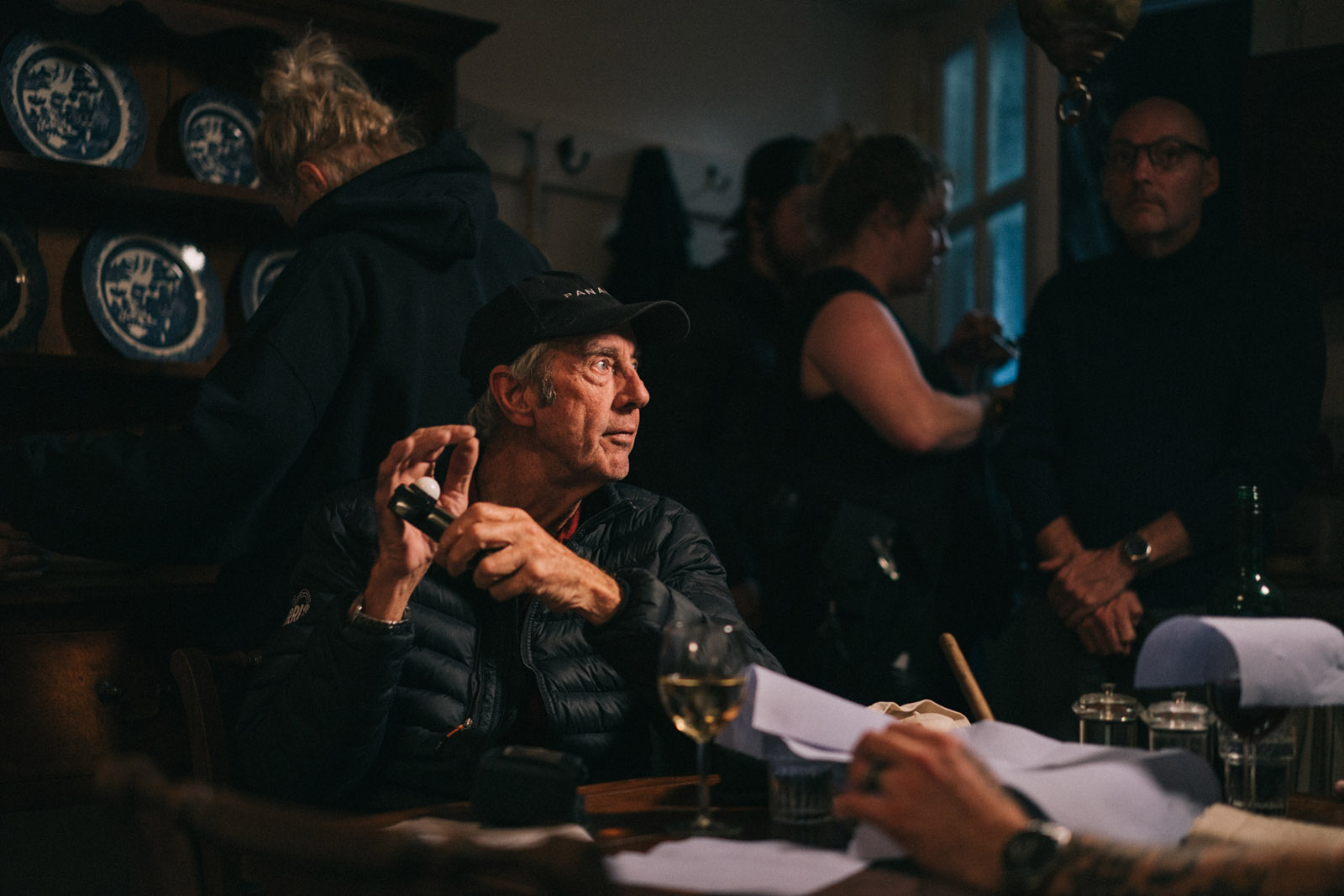
Shots of the wide epic landscape of the Lake District are contrasted with, what Pope describes as, "the equally epic landscape of Sam and Tusker's faces", filmed in close enough proximity to explore every nuance of their expressions and feelings.
A variety of camera tracking techniques were used to capture scenes of the lead characters driving through the Lake District. As the camper was tall and wide, potentially blocking most of the view ahead, the camera needed to be high, looking slightly down over the van as well as quickly capture shots from other heights such as clean POVs of the road ahead.
To do this, grip Colin Strachan arranged for a GF8 crane from Panavision to be fitted with a Libra remote head from Camera Revolution, mounting the rig on a Bickers Silverado tracking vehicle. As an alternative rig, the same Silverado with an A-Frame doubled up as a towing vehicle when cross-shooting inside the moving camper.
A LUT was created in the DI suite from the test footage by desaturating, adding a little contrast and pulling blue into the shadows. DIT Kev Bell used this as a starting point throughout the shoot, grading on top for each scene.
DI was largely achieved remotely during lockdown, with colourist Greg Fisher from Company 3 using the same machines he would use in his DI Suite but instead, working from a converted space in his home and streaming to Macqueen and Pope, who used calibrated iPad Pros in darkened rooms set-ups in their own homes. "The system worked really well. After lockdown was lifted and we were allowed back into the DI suite to finish the film, almost all the remote timings stood up on the big screen and didn't need refining," says Pope.
Supernova's power and beauty lies in its honesty, the cinematographer believes: "The thing is, it's realistic, you can believe it. Its razor-sharp cutting edge offsets all that emotional warmth and makes it compelling."
Pope highlights one scene as a "visual lynch pin" - the pivotal moments when Sam and Tusker drive to the lake and camp in the spot they had often visited many years before. This scene's success partly relied on sun, so when a break in the relentlessly stormy weather was forecast, the crew rescheduled and headed to the lake.
"Visually, this turned out to be the triumph of the film," says Pope. "After so much constant, hard rain, the camper's drive through the now sun-soaked woods to the lakeside was a revelation.
"Sam and Tusker get out and embrace beside the lake and the moment was joyous because we had become very uncertain we would see the Lakes as the script demanded, with their autumnal colours in full glory. It grounded the film - a sun-filled memory for them of once standing side by side in the very same place all those years before."
